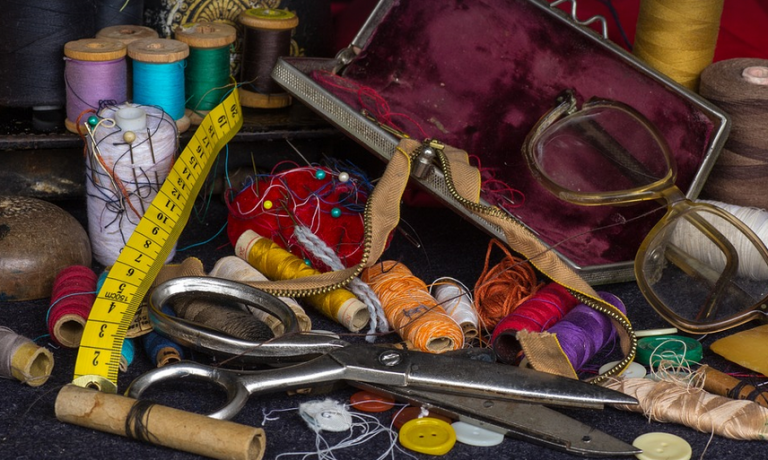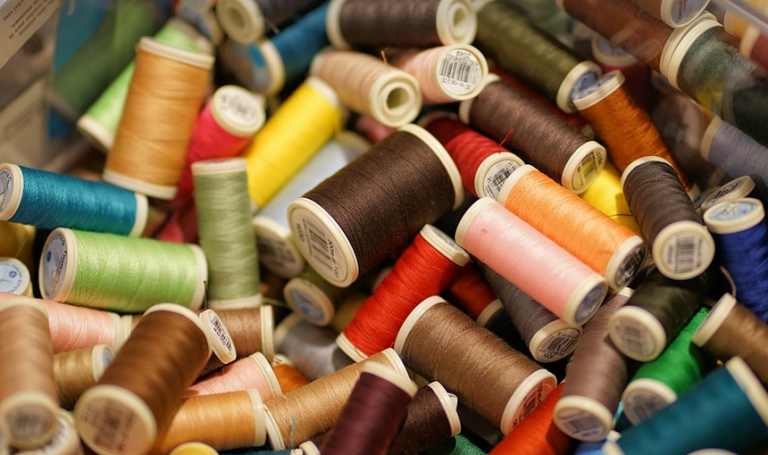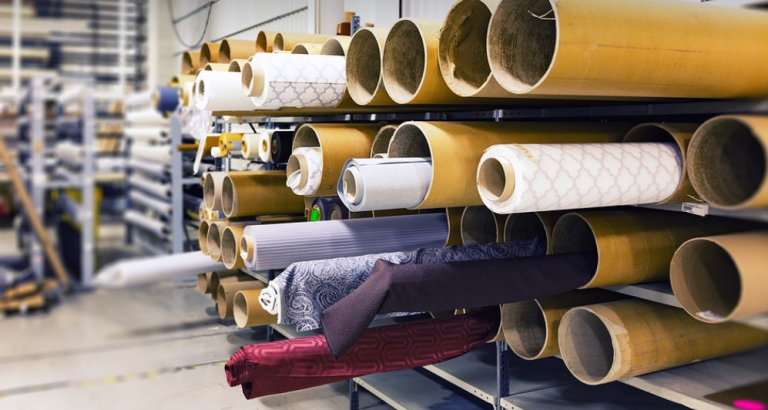
What are CPAP Straps?
CPAP straps, those familiar bands that hold your CPAP device in place, play a crucial role in ensuring a comfortable and effective sleep. But just like any other component of the CPAP system, they can sometimes leave you feeling a bit uncomfortable or even insecure. This is where padding comes into play. Understanding how to use it effectively can make all the difference between a good night’s rest and an interrupted slumber.
Why is Padding for CPAP Straps Important?
CPAP straps, by their very nature, tend to press directly against skin, which isn’t always conducive to a peaceful sleep. This can lead to irritation, chafing, or even discomfort. Padding allows you to address these issues and create a more customized sleeping experience. It helps to:
* **Reduce pressure:** Padding minimizes direct contact with the skin, reducing friction and pressure points that could make your head feel tight or uncomfortable.
* **Improve comfort and breathability:** Padding allows for better airflow under the strap, increasing comfort if you tend to sweat during sleep. This contributes to a more relaxed feeling around your face as well.
* **Prevent chafing:** Friction can be a major culprit in skin irritation during sleep. Padding smooths out rough edges and reduces friction between your head and CPAP straps, minimizing the risk of chafing or discomfort.
Types of CPAP Strap Padding
There’s more to padding than meets the eye. The best type for you will depend on your individual needs, preferences, and the way your face sits with your CPAP mask. Different types offer varying levels of comfort and support:
* **Foam Padding:** These are widely favored for their softness and affordability. They’re readily available in various sizes and shapes, offering flexibility to adjust to specific needs. * **Latex Padding:** Similar to foam, latex offers a unique blend of cushioning and resilience. Its natural elasticity provides a comfortable feel and helps distribute pressure evenly over longer periods.
* **Memory Foam Padding:** Known for its ability to conform to your head shape, memory foam offers the ultimate in personalized comfort. It conforms to the contours of your face, ensuring that CPAP straps provide targeted support without feeling too firm.
* **Custom-Fit Padding: ** Some customers prefer a more tailored approach. They use custom-fit cushions and padding specifically designed for their unique face shape or individual needs.
Best Practices for Using Padding
Using the right type of CPAP strap padding can make a world of difference in your sleep experience. Here’s how to implement it with success:
* **Proper Placement:** Ensure that the padding is positioned strategically where it needs to be—under or on top of the straps, depending on your preferences and face structure—and keep it in place as directed by your CPAP device manufacturer.
* **Adjusting for Comfort:** Start with a basic level of padding, but gradually increase its thickness until you find a comfortable point. You can always add more, if needed, but removing padding is usually not an option.
* **Experiment and Find the Perfect Fit:** Every face is unique, so there’s no one-size-fits-all solution. It often takes some trial and error to discover exactly what works best for your sleep needs. Don’t be afraid to experiment with different types of padding until you find the perfect fit.
Tips for Maintaining CPAP Straps
Keeping your CPAP straps clean and in good condition helps them last longer and provide better comfort throughout their lifespan. Here are some tips to keep those straps functioning at their best:
* **Regular Cleaning:** Clean your CPAP straps with mild soap and water, or use a specialized cleaning solution if needed. Air dry completely before storage.
* **Storage Care:** Storing CPAP straps properly is crucial for longevity. Use breathable bags to prevent moisture from accumulating and causing damage. Avoid storing them in tight spaces for extended periods, as this can restrict airflow.
By understanding how to use padding effectively, you can enhance your CPAP experience and achieve a more comfortable, relaxing sleep every night. Remember that finding the right level of comfort and support is a personal journey. Don’t be afraid to experiment and discover what works best for you.



